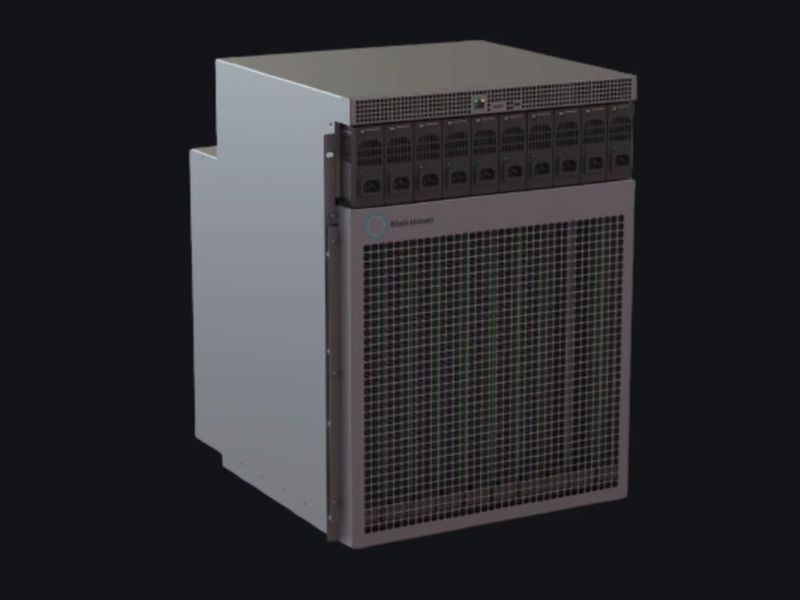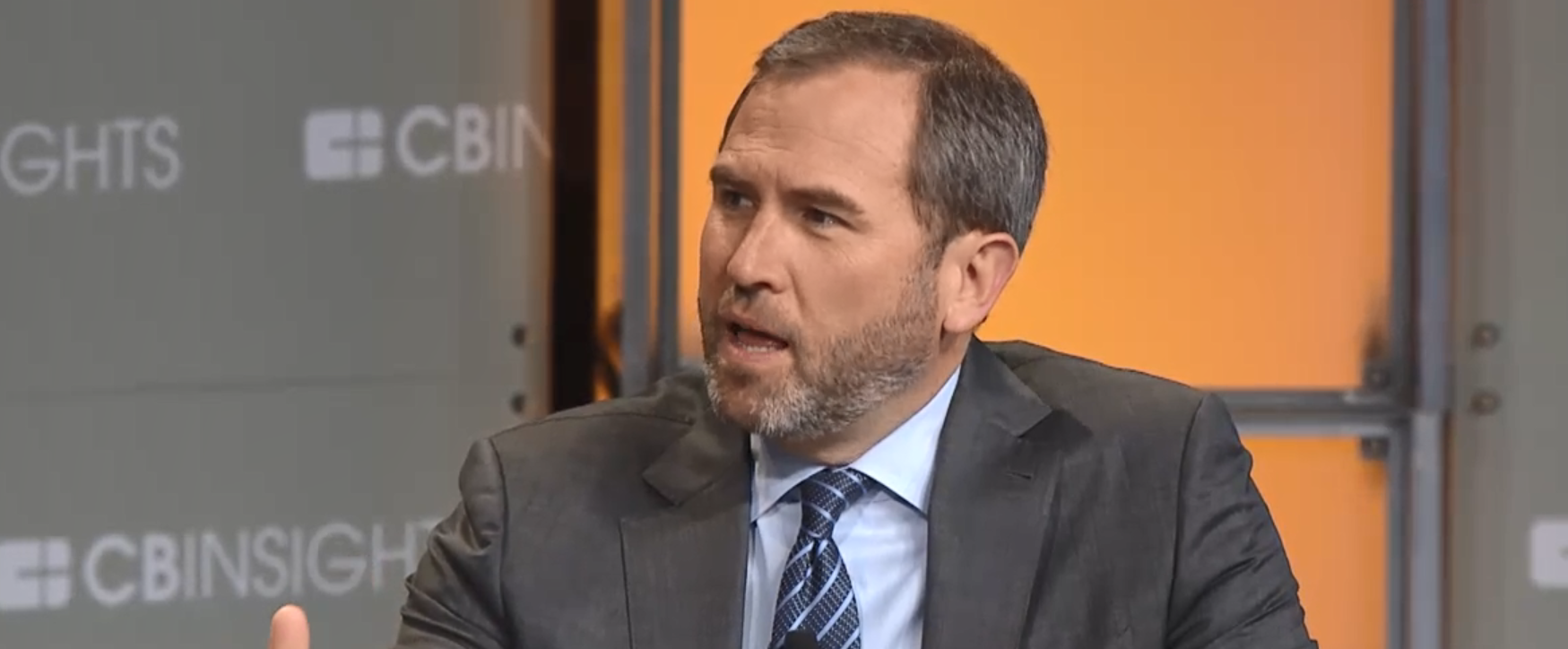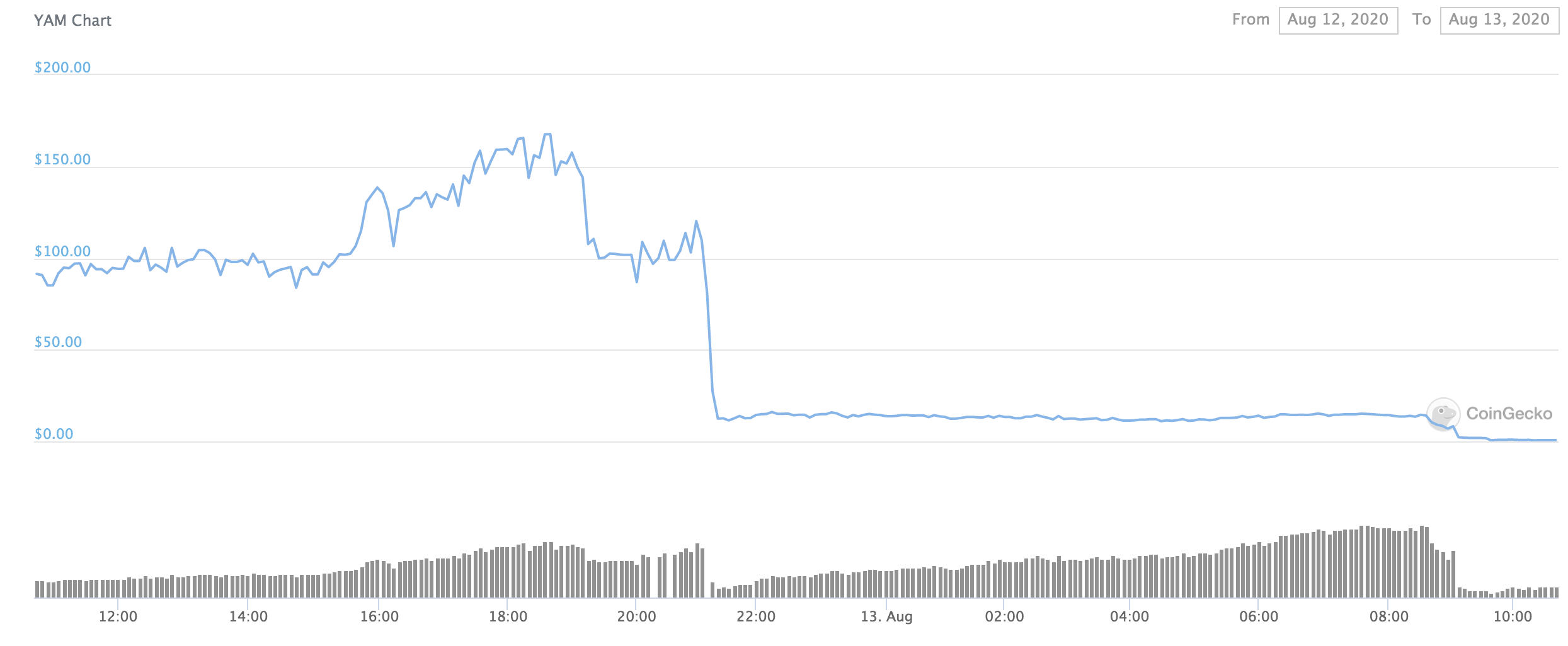What Is MiCA And What Does It Mean for Crypto Users in Europe?
The European Union’s Market in Crypto Assets (MiCA) Regulations is the world’s first comprehensive legal framework for crypto-assets. The regulatory milestone aims to make the crypto industry in the Eurozone a transparent and secure environment for investors. MiCA Regulations apply to crypto asset issuers and service providers.
Let’s look at what is covered under MiCA regulations, why it was implemented, and the impact MiCA has on crypto users in Europe.
This is partner content sourced from Laura Shin’s Unchained and published by CoinDesk.
Market in Crypto-Assets (MiCA) is the first European Union regulatory framework governing crypto assets in Europe. MiCA is based on the best practices from the EU’s existing regulations on traditional trading securities and applies them to crypto assets and stablecoins.
The European Parliament adopted the regulations to oversee the provision of crypto services and issuance of crypto assets in the EU member states.
MiCA aims to support crypto innovation, provide legal coverage to mitigate the risks associated with crypto assets and ensure financial stability. It requires crypto service providers to obtain authorization and register with the EU financial regulators in member states.
What Does MiCA Entail?
MiCA EU regulations apply to service providers involved in the trading, management, issuance, and advice of crypto assets. That includes exchanges, crypto trading platforms, custodial wallets, and advisory and management firms in the EU. It also applies to crypto asset issuers and service providers outside the EU who wish to do business with any member states.
MiCA crypto regulations clearly define crypto assets that use decentralized ledger technology (DLT), with specific distinctions between cryptocurrencies and tokens. The regulatory framework covers three distinct crypto assets: asset-referenced tokens (ARTs), e-money tokens (EMTs), and utility tokens (crypto assets that are not EMTs or ARTs).
MiCA applies stricter rules for stablecoins, requiring legally binding stabilization mechanisms to ensure they are adequately backed with good liquidity to instill user confidence.
Now, let’s that a look at two specific MiCA regulations geared toward Crypto Asset Service Providers and Crypto Asset Issuers.
Crypto Asset Service Providers MiCA Regulations
Crypto Asset Service Providers (CASP) that fall within the scope of MiCA, such as exchanges, wallets, and custody providers, will have to get authorization and a special license from one of the EU’s national financial regulators to operate in the EU. They must adhere to strict organization requirements to protect investor funds and the financial system’s integrity.
MiCA requires service providers to have a system to safeguard sensitive information and monitor instances of market abuse committed by clients.
MiCA also stipulates that CASPs must have all records of orders and transactions readily available and publish their pricing policies on their website to uphold transparency. They must also have accurate and clear communication on their products or services containing warnings of the risks involved.
Furthermore, MiCA crypto regulations require crypto trading platforms to feature only crypto assets with a whitepaper and to conduct customer identity verification. They should also reject tokens with anonymity features that obscure the holder’s identity and transaction history to combat financial terrorism and comply with anti-money laundering rules.
Crypto Asset Issuers MiCA Regulations
MiCA regulations require crypto asset issuers to register as legal entities in any of the 27 EU member states to keep the issuers accountable in cases of fraud and misrepresentation.
Crypto asset issuers must also produce a whitepaper with essential marketing information about their EMTs or ARTs.
Projects are exempt from providing a whitepaper when the crypto assets are distributed for free or if it’s a small project with less than 150 residents per member state or worth less than €1 million. Additionally, crypto assets offered solely to qualified investors and reward tokens are exempt.
Why Was MiCA Implemented?
In 2019, a report by the European Banking Authority examining the applicability of existing EU regulations on the evolving crypto industry found that most blockchain-based products fell outside the scope of existing legislation.
The report recommended increased legislative uniformity and application of consumer protection measures and licensing for crypto service providers and issuers, which fueled the MiCA bill.
MiCA implementation objectives include:
-
Harmonize the fragmented regulations among Member States, which confused crypto companies conducting business in multiple EU countries, and replace them with one comprehensive framework.
-
Establish legal safeguards against misleading market practices and improve consumer and investor protection in the crypto industry.
-
Increase the scope of financial regulations on crypto-assets and oversee crypto-related services to curb money laundering in the EU.
-
Improve crypto assets’ transparency, governance, and custody and support innovation.
-
Mitigate the environmental impact of crypto assets.
Impact of MiCA on Crypto Users in Europe
MiCA has a lot of support and has been well-received by crypto users in Europe. Let’s look at the advantages and drawbacks of the regulation.
Pros
-
A comprehensive regulatory framework will provide legal certainty and clarity regarding crypto assets, promoting trust in the industry and legitimizing crypto.
-
Crypto asset service providers and issuers will provide relevant and non-misleading information to investors, improving transparency and accountability in the industry.
-
MiCA provides investors with better protection consistently across the European Union Member States.
-
CASPs’ MiCA licensing provides ‘passport’ rights, meaning they can operate in all EU Member States.
-
MiCA opens up more opportunities for investors by promoting innovation and crypto adoption.
Cons
-
Ambiguity on regulations such as NFT classification and overseas implementation.
-
Requires Know Your Customer (KYC) procedures for licensed service providers, which compromises user privacy.
Bottom Line
MiCA EU regulations represent the first comprehensive guideline the global crypto regulatory regimes could follow. It’s a positive step towards creating a robust and safe ecosystem for the crypto asset industry in Europe.
The legislation provides the much-needed legal certainty to protect investors’ assets and grow confidence in the crypto market. However, regulations in crypto are still in their early stage, and MiCA has some ambiguity in regulatory decisions that need to be ironed out in the future for better coverage.









